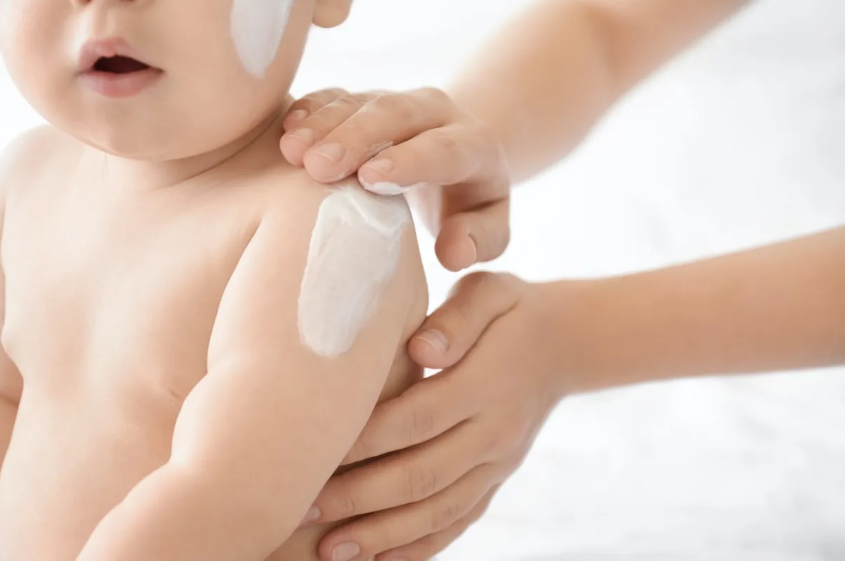Infections in newborn babies are a serious concern and can potentially affect any part of the body, including joints. Joint infections in newborns are generally referred to as septic arthritis or infectious arthritis. This condition occurs when bacteria or other infectious agents enter a joint and cause inflammation.

Common causes of joint infections in newborns include bacteria such as Staphylococcus and Streptococcus. These infections can occur due to various reasons:
- Bacterial Spread: Bacteria can enter the baby’s body through various routes, such as during delivery if the mother has a bacterial infection, or through the baby’s skin if hygiene isn’t maintained.
- Hospital Environments: Newborns in hospitals are particularly vulnerable to infections due to their weak immune systems and exposure to various potential sources of infection.
- Compromised Immune System: Premature babies or babies with other medical conditions that weaken their immune systems are at a higher risk.
- Invasive Procedures: Invasive procedures or interventions, such as the insertion of catheters or IV lines, can introduce bacteria into the baby’s body.
The signs and symptoms of joint infections in newborns can include:
- Swelling and Redness: The infected joint may appear swollen, red, and warm to the touch.
- Pain and Discomfort: The baby might show signs of discomfort, irritability, and difficulty moving the affected limb.
- Fever: A fever is a common sign of infection in babies. It might be accompanied by other signs of illness.
- Limited Movement: The baby might avoid moving the affected joint due to pain.
- Lethargy: The baby may be unusually tired or inactive.
If you suspect that a newborn might have a joint infection, it’s crucial to seek immediate medical attention. A healthcare provider will likely perform various tests, such as blood tests and imaging (like ultrasound or MRI), to confirm the diagnosis and determine the appropriate treatment. Treatment usually involves antibiotics to target the specific bacteria causing the infection. In severe cases, drainage of the infected joint might be necessary.
Prevention is essential to avoid such infections. Maintaining proper hygiene during childbirth, regular handwashing before handling the baby, and following hospital protocols for infection control can help minimize the risk of infections in newborns.
Keep in mind that medical practices and recommendations may have evolved since my last update in September 2021. Always consult a qualified healthcare professional or pediatrician for the most current and accurate information regarding newborn health and infections.
See More Visit at: https://www.kidsorthopedic.com/contact/
Know more about our affordable and quality products stay social with us on: Facebook .
